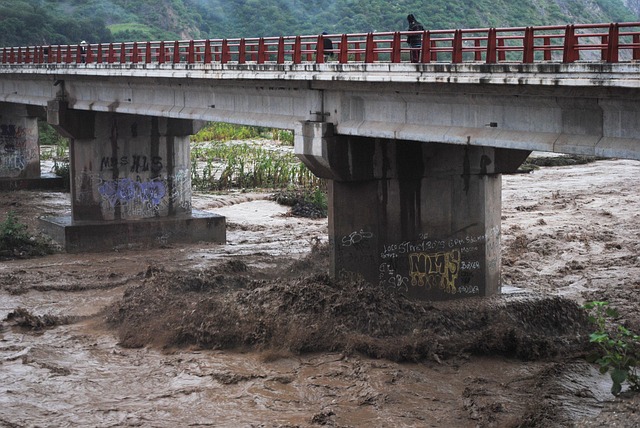
Jaws of the Reptile Realm: Exploring the Powerful Bite of Nature’s Predators
Jaws of the Reptile Realm: Exploring the Powerful Bite of Nature’s Predators
When we think of powerful jaws, reptiles often spring to mind. These ancient creatures have mastered the art of survival with their incredible biting capability. From the swift strike of a crocodile to the stealthy latch of a boa constrictor, the jaw is not just a function of feeding; it’s a testament to the evolutionary prowess of these magnificent beings. Each creature’s jaw tells a unique story of adaptation and survival, embodying the fierce realities of nature.
Take, for example, the formidable saltwater crocodile—the heavyweight champion of teeth. With a bite force that can exceed 3,700 pounds per square inch, this prehistoric predator reigns supreme in the waters of Southeast Asia and Australia. Its jaws are not just powerful; they are perfectly designed for catching and holding onto prey, showcasing the brutal efficiency of the reptilian lifestyle. Imagine the wild scenarios where these solitary hunters gracefully glide through murky waters, their muscular jaws poised to snap shut on any unsuspecting creature that ventures too close.
In contrast, the Komodo dragon, with its venomous bite, employs a different strategy. Although not as physically powerful as the crocodile, its jaws deliver toxins that gradually incapacitate its prey. As the world’s largest lizard, the Komodo dragon teaches us that sometimes, the power of a jaw isn’t just about strength; it’s about strategy and cunning. Watching these dragons as they weave through the underbrush, their tongues flicking in and out, immerses us into the raw essence of the wild where survival is the only law.
The versatility of jaws extends beyond mere predation. Consider the alligator snapping turtle, with its uniquely designed jaw that features a worm-like tongue to lure fish. This creature embodies patience, lying still under the water’s surface and using its specialized jaw to maintain the balance of its ecosystem while showcasing a different side of predator prowess. It serves as a reminder that not all skilled jaws rely solely on brute strength; intelligence plays an equally critical role in the balance of nature.
Watching these reptiles in their natural habitat evokes a deep appreciation for their design and function. Their jaws reveal tales of evolutionary perfection, engineered through millions of years to optimize their hunting and survival techniques. Every snap and strike resonates with the raw heartbeat of nature, where every meal is a fight, and survival is an art form.
Furthermore, reptiles hold a significant place in our ecosystems. They serve as both predators and prey, maintaining the delicate balance that keeps nature thriving. The jaws of these creatures not only shape their survival but also their surroundings, affecting the populations of other species and influencing the health of habitats. This interconnectedness reminds us how vital every predator, with its jaws designed for efficiency, is to the great tapestry of life on earth.
As we explore the world of reptiles, the fascination with their jaws deepens, revealing layers of complexity behind their simple purpose. These jaws, seen cleaving through water or silently striking from shadowy ambushes, symbolize survival instincts honed through countless generations. They form a bridge between the wild and our understanding of the primal essence of life.



